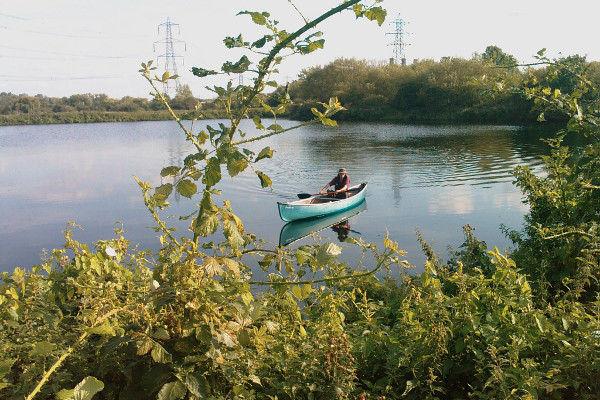Observations

July – August 2017
Mute Swan numbers remained high in our south lagoons refugee camp and numbers remained in the fifties throughout the period. Up to five Garganeys were seen throughout the period – are they developing a taste for Rye Meads as the location for their summer moult?
Up to 21 Cormorants have been recorded. Unusually large numbers have been on and around the south lagoons this autumn following a breeding frenzy by the reduced numbers of carp. This glut of food has led to two pairs of Great-crested Grebes successfully rearing a total of four young in the south lagoons as well as the constant presence of feeding Common Terns and higher than usual numbers of Kingfishers during the breeding season. Grey Herons and Little Egrets have also been more numerous than usual with up to five Little Egrets being seen on occasions.
The pair of Little Ringed Plovers successfully reared a chick on No. 1 Lagoon. A Ruff was an unusual but welcome visitor, and our now regular visits by Black-tailed Godwits included a flock of five in July, followed by a singleton and another flock of five in August. There were occasional single Greenshanks and Redshanks, as well as the usual Lapwings, returning Snipe and up to three passage Common Sandpipers, with Green Sandpipers rapidly building up to nine. A single Mediterranean Gull passed through in July.
This period’s woodland refugee was a Coal Tit seen on two dates. Hirundine passage has been light, and even using callers, no significant roost flocks have been attracted to the reedbeds.
A Spotted Flycatcher was reliably reported from the north lagoons, and a juvenile Nightingale trapped on the old concrete sludge beds was considered young enough to prove successful breeding on site. Older members who remember the early days on this area may be surprised to know that it is now overgrown enough to harbour breeding Nightingales!
The same net-site also provided a Tree Pipit, attracted to the highly optimistic use of a tape lure – sometimes wild optimism pays you back! Our only records of Yellow Wagtails relate to eight individual flyovers on one day in August.
Get a detailed report, with up to date news of ringing and recoveries, promptly from our Bulletin, free to all Friends – go to Support Us for details.
